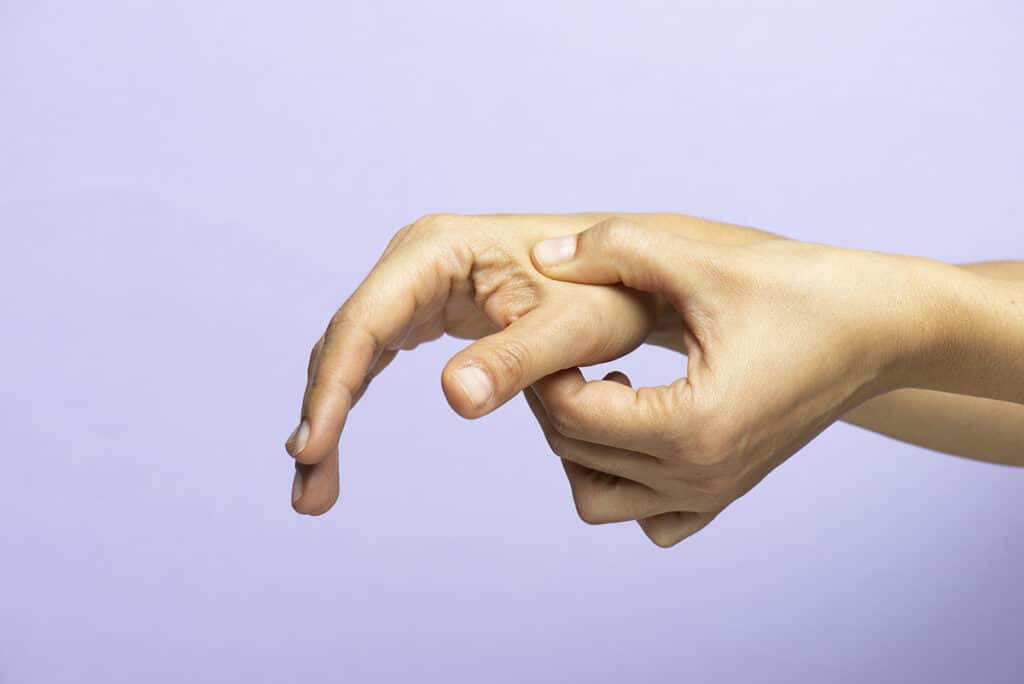
Thumb strains can be painful and limit your ability to perform everyday tasks. Fortunately, there are several effective ways to treat thumb strains and promote healing. Here are 10 of the best treatment options:
1. Rest: Give your thumb adequate rest by avoiding activities that exacerbate the pain or strain. Minimize gripping, lifting heavy objects, or any repetitive thumb movements.
2. Ice: Apply ice packs or cold compresses to the affected area for 15-20 minutes, several times a day. Cold helps reduce pain, swelling, and inflammation.
3. Compression: Use a thumb splint or wrap to provide support and compression to the injured thumb. This helps stabilize the joint and promotes healing.
4. Elevation: Elevate your hand and thumb above heart level to reduce swelling and improve blood circulation.
5. Nonsteroidal anti-inflammatory drugs (NSAIDs): Over-the-counter NSAIDs like ibuprofen or naproxen sodium can help alleviate pain and reduce inflammation. Follow the recommended dosage and consult your doctor if needed.
6. Physiotherapy: A physiotherapist can provide specific exercises and techniques to improve thumb mobility, strength, and flexibility. They may use therapeutic modalities like ultrasound or electrical stimulation to promote healing.
7. Massage: Massage can help relax the muscles surrounding the thumb, improve circulation, and reduce pain. A registered massage therapist (RMT) with experience in hand treatment can provide targeted treatment.
8. Chiropractic care: Chiropractors can assess your thumb strain and provide manual techniques to restore joint mobility and alleviate pain. They may also recommend exercises and lifestyle modifications.
9. Heat: After the initial acute phase, you can use heat, such as warm compresses or a warm water soak, to relax muscles, increase blood flow, and promote healing.
10. Hand exercises: Perform gentle range-of-motion exercises for the thumb to maintain flexibility and prevent stiffness. Your physiotherapist or occupational professional can guide you on appropriate exercises.
Remember, it’s essential to consult a healthcare professional for an accurate diagnosis and appropriate treatment plan tailored to your specific thumb strain. They can provide personalized advice based on the severity of your injury and your overall health condition.
Thumb strains can be painful and disabling, but they are treatable with various modalities. The best treatment for thumb strains depends on the severity, duration, and cause of the injury. Rest, ice, and heat are the first-line treatments that can reduce pain, swelling, and inflammation. Physiotherapy can improve range of motion and functional skills. Surgery is a last resort when other treatments fail to provide relief. If you have a thumb strain, seek medical attention promptly, and follow your doctor’s or practitioner’s recommendations to achieve the best possible outcome.
If you have any questions or would like to explore further, please book a free, no-charge online appointment with either myself, Sam Heslip, RMT, or another Kitchener RMT at CARESPACE.We are happy to listen and are here to help!

